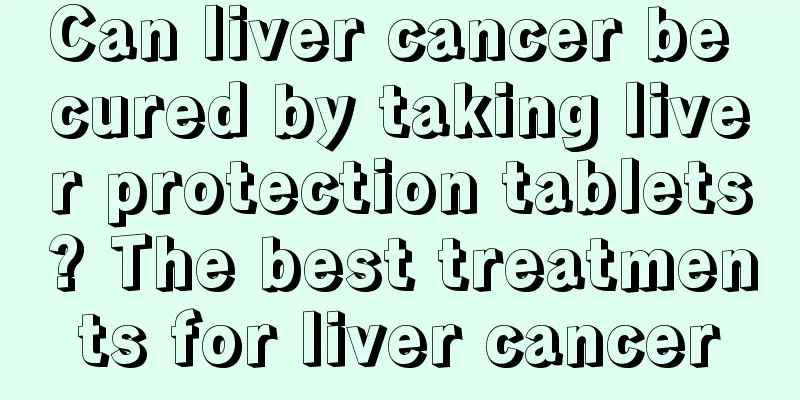How to treat pustular rash

|
Neonatal pustular rash is a very common skin disease in the neonatal period. Once this skin disease occurs, it will become purulent and is highly contagious. It is easy to be transmitted between newborns themselves or between newborns. Moreover, the skin of newborns is more delicate and the sebaceous glands secrete more vigorously than those of adults, so there are more bacteria on the skin surface, which may cause disease once the skin of newborns is injured. 1. Overview The pathogens of neonatal impetigo mostly come from the unclean hands of the mother, family members or medical staff, or the baby's use of clothes, diapers and blankets infected with bacteria. The incidence rate also increases in infants after contact with adults with skin rashes, purulent skin infections, or when the mother has mastitis. Neonatal impetigo usually occurs within the first week. The disease generally occurs on the head and face, diaper wrapping area and skin folds, such as the neck, armpits, groin, etc., and can also affect the whole body. It is more likely to occur in hot summer weather or when you wrap yourself too much and your skin sweats a lot. The pustules have a thin epidermis and are of varying sizes. There is no red halo around them and they are slightly raised compared to the surrounding skin. The blister fluid begins to appear yellow and soon becomes turbid. After the bullae rupture, a bright red and moist base surface can be seen. A thin yellow scab may form afterwards, and no trace will be left after the scab falls off. Children with mild illness have no systemic symptoms, while children with severe illness often have fever. Symptoms include poor feeding and worsening jaundice. Neonatal impetigo can heal quickly if treated; otherwise it may linger and even cause large pustules to peel off large areas of the epidermis. 2. How to prevent herpes Prevention of neonatal herpes includes the following three aspects: 1. Keep the newborn's skin clean and bathe it every day. In hot weather, you can bathe it 2-3 times a day. Clothing should be appropriate and the newborn should not be allowed to sweat too much. 2. Protect the newborn's skin from damage and make the clothes, diapers and bedding soft. When caring for a newborn, be gentle and cut the baby's nails frequently to avoid scratching the epidermis. 3. Avoid contact with people with skin infections and wash your hands carefully before caring for a newborn. Treatment of neonatal impetigo The treatment of neonatal impetigo can be carried out according to the following methods: when the symptoms are mild and only scattered pustules are present, 75% alcohol can be used to disinfect the small pustules and the surrounding skin, and then the pustules can be scratched with an alcohol cotton swab or pricked with a sterilized needle to drain the pus. The wound surface can be exposed, dried or coated with antibiotic ointment. When there are a lot of pustules, appropriate antibiotics should be used in addition. If you find that your baby is showing symptoms such as poor mental health, you should consult a doctor. |
<<: Shelf life of sweet potato vermicelli
>>: What is the reason for pustules on the skin
Recommend
Precautions for radiotherapy care of brain cancer patients
Brain cancer has complex clinical manifestations....
Will washing your face with white vinegar make it whiter?
Washing your face is very important for skin cond...
Why is my lower body cold?
Many people always feel that their lower body is ...
Can a rice pillow correct the shape of the head
Many babies will face problems with their head sh...
The neck above the collarbone hurts a little
Neck pain is often difficult to identify because ...
Myasthenia treatment
When it comes to myasthenia gravis, I believe man...
How to relieve cardiac autonomic dysfunction?
Cardiac autonomic dysfunction is a relatively com...
Can I still have miscarriage in the fifth month of pregnancy?
Some pregnant women with slightly weaker physical...
What is good to eat for the treatment and recuperation of gastritis?
In traditional concepts, health is achieved throu...
How to do a cervical cancer biopsy
The operation method of cervical cancer biopsy in...
How long is the best nap at noon?
Nowadays, many people have the habit of taking na...
How to get rid of goose bumps on thighs?
In real life, goose bumps on the thighs are a com...
What are the prevention methods for Middle East Respiratory Syndrome
Many people must still remember the Middle East R...
How to wash a down jacket
Down jackets can be used in some cold winter. The...
How to wash off long-lasting oil stains on clothes
If there are oil stains on clothes, the water tem...









